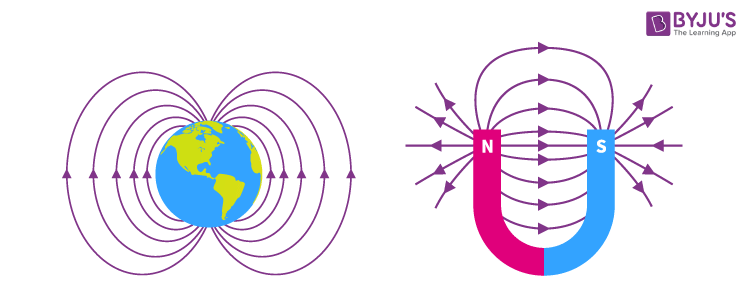EMF-CNF is a concept bridging electromagnetic field technology and cellulose nanofiber applications, creating new opportunities in sustainable innovation. This emerging term connects two powerful fields — the study of electromagnetic forces and the development of cellulose-based nanomaterials — offering a fresh perspective on technological progress and environmental responsibility.
These events bring together scientists, engineers, academics, and industry leaders to explore new developments, exchange ideas, and set future directions for the field. Far from being just a series of lectures, EMF conferences act as innovation hubs, influencing how technology evolves and how quickly it reaches the market.
1. A Platform for Knowledge Exchange
At their core, EMF conferences provide a space for experts to share the latest findings in electromagnetic research. Presentations, workshops, and panel discussions allow attendees to:
-
Learn about recent breakthroughs in EMF measurement, shielding, and applications.
-
Discuss the implications of new research for industries like healthcare, telecommunications, and renewable energy.
-
Exchange practical solutions to technical challenges faced in everyday work.
This open exchange of information ensures that discoveries are not locked away in isolated laboratories but are accessible to the global research community. By accelerating the transfer of knowledge, EMF conferences reduce the time it takes for innovations to progress from theory to practical application.
2. Encouraging Multidisciplinary Collaboration
EMF research does not exist in a vacuum. It overlaps with numerous fields, including nanotechnology, biotechnology, materials science, and environmental engineering. Conferences serve as a cross-disciplinary meeting point where professionals from these diverse areas can find common ground.
For example, a materials scientist working with cellulose nanofiber (CNF) might discover new ways to integrate it into EMF shielding technologies. Similarly, healthcare researchers could explore how EMF techniques improve diagnostics or treatment monitoring. These unexpected connections often spark groundbreaking projects that would not have happened without conference networking.
3. Showcasing Emerging Technologies
Another key role of EMF conferences is to highlight cutting-edge products, prototypes, and methods. Technology demonstrations, poster sessions, and industry exhibitions allow companies and researchers to present their innovations directly to potential collaborators, investors, and end-users.
This exposure can be critical for start-ups and research teams seeking funding or strategic partnerships. Moreover, seeing a new technology in action often inspires attendees to adapt or enhance it for their own projects, further accelerating innovation.
4. Influencing Industry Standards and Policies
EMF conferences also play a significant role in shaping the standards and regulations that govern the use of electromagnetic fields. Committees and working groups often meet during these events to:
-
Review existing safety guidelines.
-
Propose new testing methods.
-
Develop protocols for emerging technologies.
By gathering experts in one place, conferences make it easier to reach consensus on technical issues, ensuring that regulations remain relevant and effective. This alignment between research, industry, and policymakers helps foster innovation while maintaining public safety.
5. Inspiring the Next Generation of Innovators
The future of EMF research depends on attracting and training new talent. Conferences provide an inspiring environment for students and early-career professionals to:
-
Present their work alongside established experts.
-
Receive constructive feedback from seasoned researchers.
-
Build networks that can support their career development.
These opportunities not only boost individual confidence but also ensure a continuous flow of fresh ideas into the field.
6. Driving Global Collaboration
Many challenges in EMF research — such as minimizing exposure risks or improving wireless efficiency — require solutions that cross national boundaries. EMF conferences often attract participants from around the world, making them a global forum for problem-solving.
This international exchange fosters the development of unified approaches and encourages joint research initiatives, enabling innovations to reach a wider market more quickly.
Conclusion
EMF conferences are far more than academic gatherings. They are catalysts for innovation, enabling knowledge exchange, interdisciplinary collaboration, technology showcasing, and policy development. By connecting the brightest minds in the field, these events play a central role in pushing electromagnetic field technologies forward — from conceptual research to real-world applications.
As the demand for advanced EMF solutions continues to grow, these conferences will remain essential for shaping the future of industries, protecting public safety, and ensuring that technological progress benefits society as a whole.

